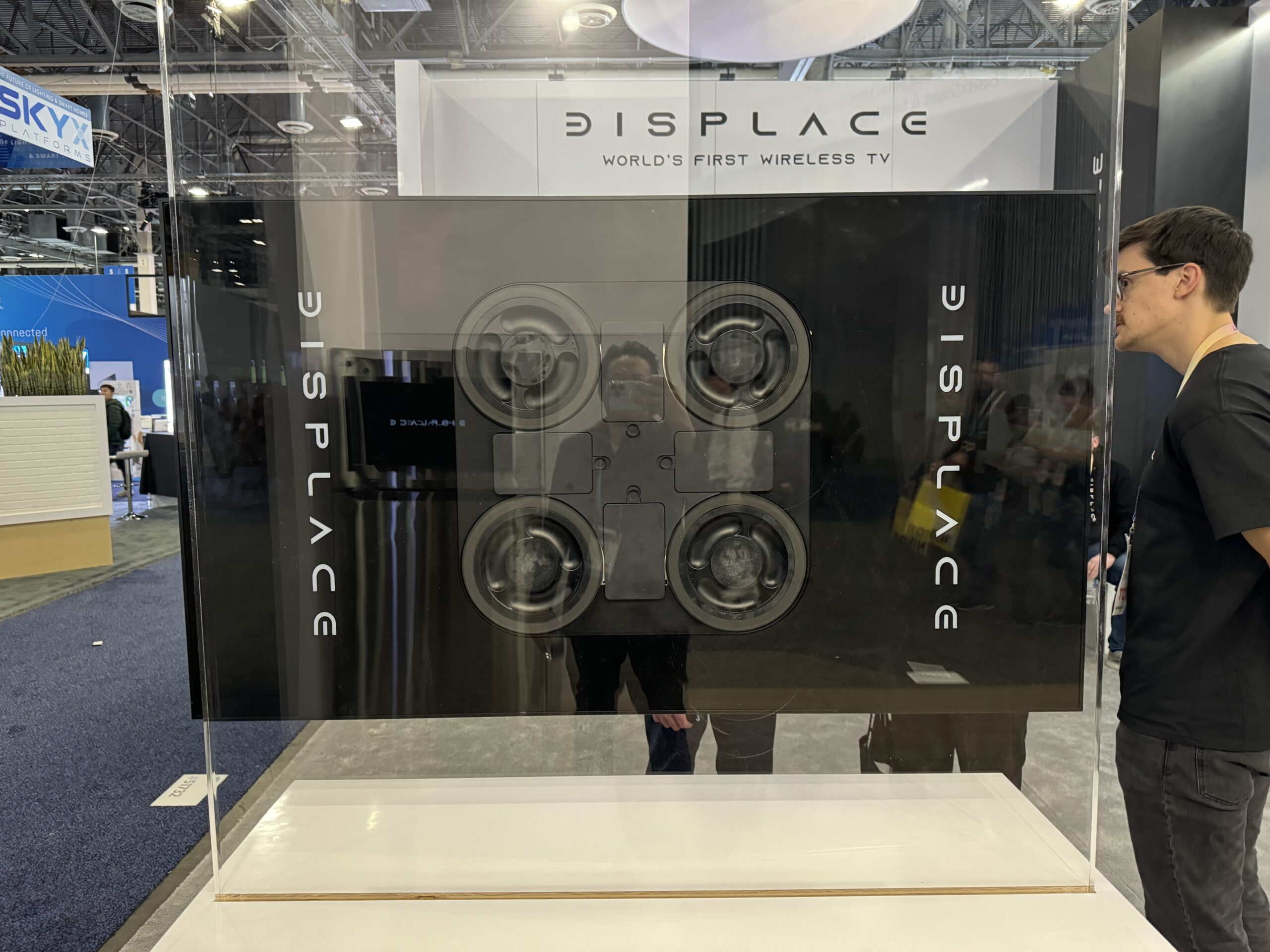We live in a wireless world, but when you think about it, that’s hardly the case. Whether it’s HDMI cables that connect our TVs, ethernet cables connected to our gaming PCs, or power cords tethered to our phone, our lives are still surrounded by a lot of physical lines.
CES 2024 offers a glimpse into how we might rid ourselves of some of those cords and truly live a wireless life.
There are a number of historical limitations when it comes to going wireless. Devices, after all, still need power – particularly large ones like big screen televisions. If your computer relies on a rock-solid internet connection, whether it’s for business or competitive gaming, Wi-Fi isn’t going to cut it. And even wireless charging on smartphones keeps you relatively tethered to the charging pad – which has its own cord.
A number of companies have come to Las Vegas to show that a mostly wireless life is capable, and teases how we can all take cord cording to another level.
Wireless Charging at a Distance
One of the most subtly impactful announcements at the show was Ossia’s news that it was bringing wireless charging – over a distance – to the market this year. The startup showed shelf lights, powered window shades, and a MagSafe charger that can grab power signals from several feet away.
This is a technology that numerous companies have tried to come up with, but Ossia is the only one with regulatory approval with the Federal Communications Commission and 61 other countries. The setup starts with a hub that packs 512 antennas ready to send power over 5.8 Ghz unlicensed spectrum. Phones, window shades, or smart locks using this tech will come with a receiver that pings the hub, which then sends power back via the same path.

Founder and inventor of Ossia’s COTA technology Hatem Zeine said that the pings between the receiver and hub are 1,000 times lower than a Bluetooth signal, so it’s safe for users.
While it’s just a MagSafe charger now, you can see this feature integrated over time, allowing you to enter a room with a hub and start automatically charging.
Zeine said that the current setup doesn’t provide enough power to go into a large television or laptop – but Ossia is working on it.
A Truly Wireless TV
While many people have cut the cable cord, there remain a few other cables that have stubbornly stuck around.
Displace, a startup that debuted at CES a year ago, returned with two new versions of its truly wireless televisions. The two units, a higher end “Flex” model at 55 inches and a Mini version at 27 inches, have no ports and runs on a battery. It uses powered suction cups to cling to a wall, and comes with a landing gear should the power fail it slides down the wall.
The Flex also comes a thermal imaging camera and a stand for inductive wireless charging.
All of the sets last for 30 days on normal usage, and it warns you when it’s low on power.
You can buy the original Displace TV on its site, and Chief Architect Corey Axelowitz says sales have been going well.

On the other side of the spectrum is LG Electronics, one of the biggest TV makers in the world. It unveiled its CES crowd-pleasing transparent OLED T television, but another key feature is its Zero Connect box, which wireless connects to the set and acts as a hub for your gaming consoles, DVRs, and streaming players. It uses a proprietary 60 GHz wireless connection to maintain a smooth enough connection for even high-intensity gaming.
The Zero Connect box is also available of the LG M4 series of high-end OLED televisions, which cost WHAT. When asked about whether this technology would eventually move down to more affordable sets, an LG representative said it would take awhile given the cost to make the Zero Connect box.
More TV makers should take their cues from LG.
Light-Based Internet
Wi-Fi generally works fine, unless you need a reliable connection, whether it’s for work or competitive gaming.
Enter Photon Fi, which showed off a system that uses light to broadcast a steady, speedy stream of data to a circle about three feet in diameter in its CES booth.
Tktk demo showed how his phone, which had a Photon Fi dongle able to receive the light signal from a small puck-like antenna from above, was able to get over 100 Mbps of download speeds within the circle, and how it dropped to a paltry 5 Mbps outside, which relied on the convention center’s Wi-Fi.
In addition, the light-based system is more secure than Wi-Fi, allowing you to send specific bits of data to different receivers on the fly.
For now, Photon Fi is targeting businesses with the technology. The pucks can be installed in ceiling light fixtures, so they may end up in an office near you. It’s also targeting professional esports players and their facilities, where a wireless version of Ethernet-like cable would be attractive. For everyone else, it may take a while.
“We’ll probably see proliferation outside of the business sector in the next five years,” said co-founder Mike Fasulo.
But it’s good to see companies on the road to cutting even more cords.

